Arts & Sciences Magazine Winter 2013
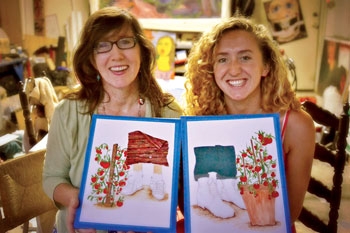
The Storyteller and the Artist
Kerry Madden, M.F.A, UAB assistant professor of creative writing, took on the charge of writing about famed Southern storyteller Kathryn Tucker Windham and renowned Alabama folk artist Charlie Lucas's friendship, collaborating with her artist daughter Lucy Madden-Lunsford to create a children’s tale.
Read more
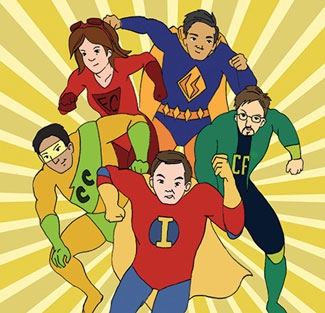
Super Center
They may not wear spandex or leather boots, but the elite team of investigators at the College of Arts and Sciences’ Center for Information Assurance/Joint Forensics Research (CIA/JFR) do indeed have some unique superpowers.
Read more
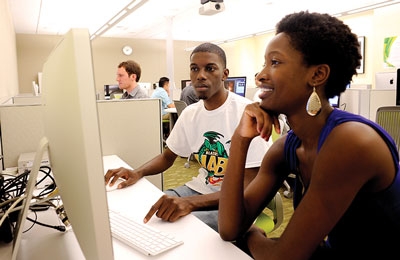
UAB's Digital Media Commons
The College of Arts and Sciences (CAS) is at the forefront of helping students and other members of the UAB community get ahead of the information curve through creation of the Digital Media Commons—a hands-on, open resource advance the university’s plugged-in faculty, staff, and students.
Read more
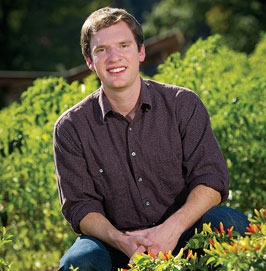
Standing Up for Social Justice
UAB alum Brendan Rice: "My interest in social justice is grounded in the profound belief that my generation must and will play a central role in fixing the broken systems of our world."
Read more
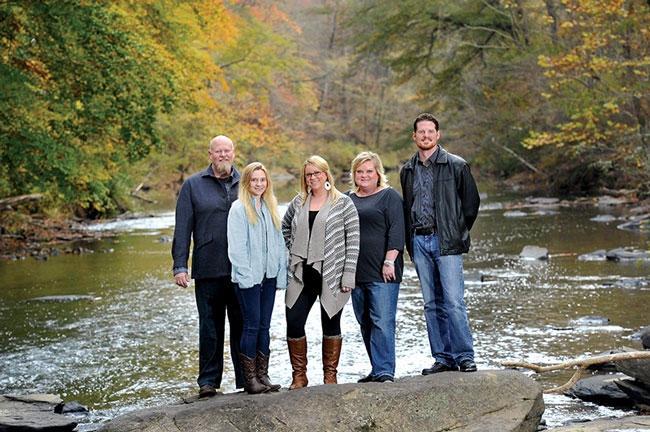
A River Runs Through It
Selling a product is one thing—but how do you market a region in need of revival? If you're a graphic designer, like UAB assistant professor Doug Barrett, M.F.A., you approach it like any other commodity: Talk to the client, develop a true understanding of the product, and perhaps most important, find the story that will sell it.
Read more
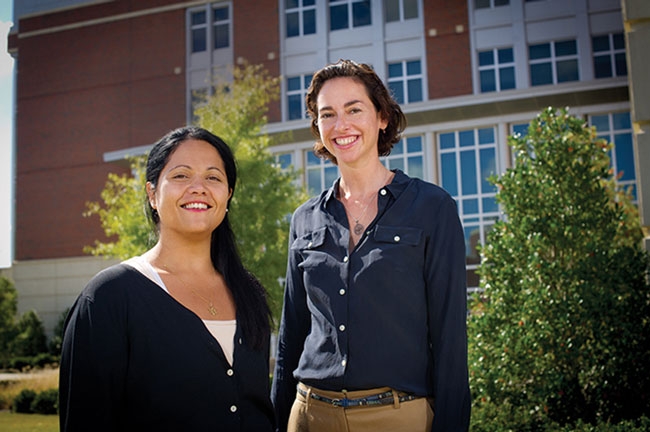
Creating a Culture of Peace
Sharyn Jones, Ph.D., associate professor of anthropology, recently returned from a three-week sojourn to India with 11 UAB students; the trip was the first study-away opportunity offered as part of the UAB College of Arts and Sciences' new minor: Peace, Justice, and Ecology (PJE).
Read more